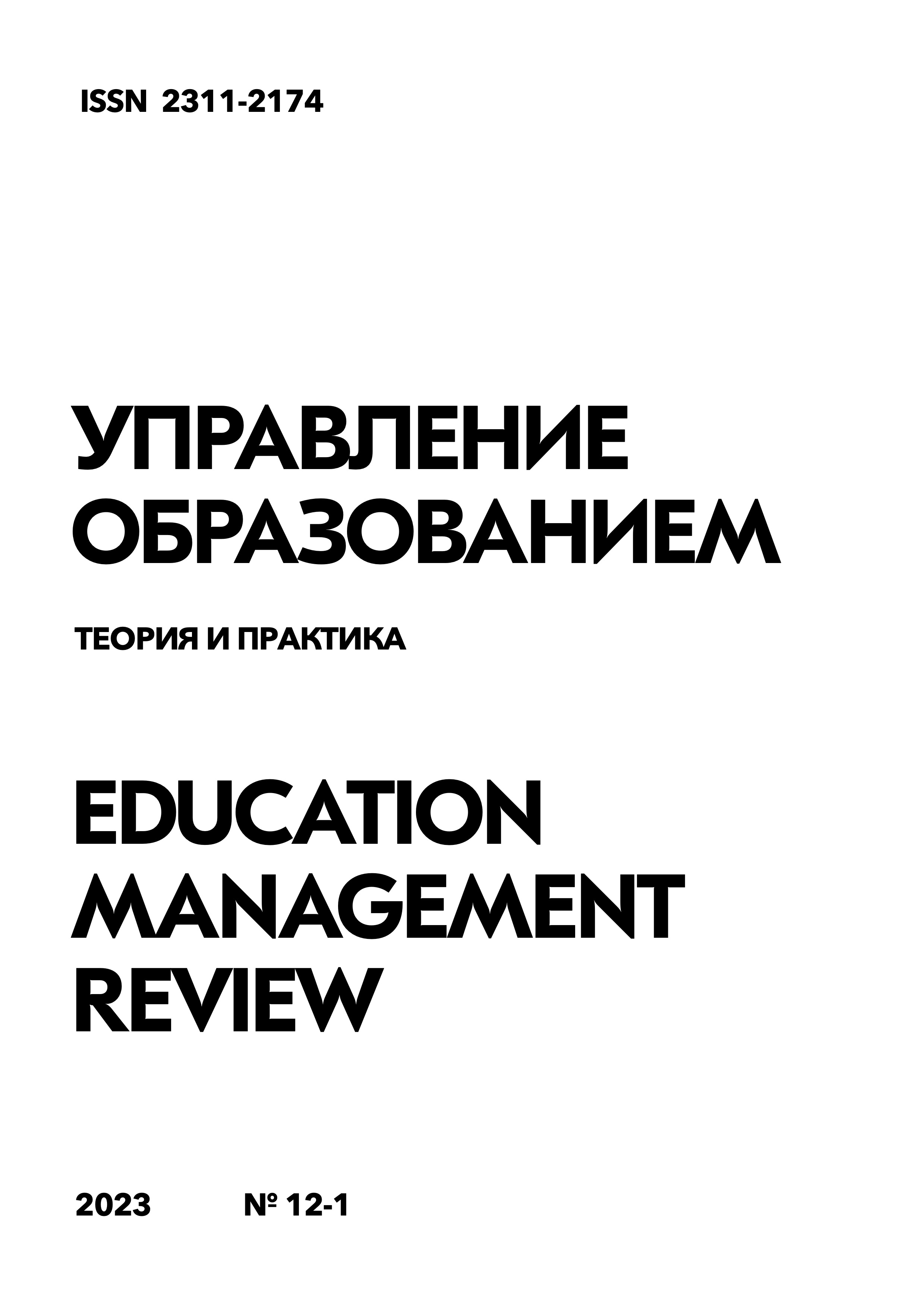Artistic and applied creativity of students in the conditions of a scientific circle
DOI:
https://doi.org/10.25726/e0311-2259-8525-kKeywords:
Artistic and applied creativity, scientific circle, teaching methods, applied art, studentsAbstract
Artistic and applied creativity as a form of activity has a long history and is considered an effective means of developing creative abilities of a person. According to D. Bruner's concept of developmental learning, art classes contribute to the disclosure of individual potential and the formation of self-development skills. Modern psychology also emphasizes the beneficial effects of artistic activity on cognitive processes and emotional well-being. Materials and methods. The study involved 15 students aged 18 to 22 years studying at the Institute of Physics and Technology. For them, a scientific circle on artistic and applied creativity was organized for six months. The participants were engaged in such types of crafts as wood painting, crocheting, pottery. The dynamics of their skills development and the level of satisfaction with classes were studied. Results. Most of the students demonstrated high motivation and significant progress in mastering various techniques of artistic processing of materials. The level of patience and attention to detail has increased. Many also had positive dynamics in their emotional state and life perspective. Materials and methods of research In this study, a set of psychological and pedagogical methods was used, which made it possible to conduct a comprehensive analysis of the process of development of artistic and applied creativity among students. A group of 15 people aged 18 to 22 years old, studying in the fields of training "Technology of artistic processing of materials" at one of the universities of the city, was selected as the object of the study. Voluntary consent to participate in the experiment was received from all respondents. For 6 months, the respondents attended classes of the scientific circle on artistic and applied creativity, which took place 1 time a week. During the classes, he was presented with the basic techniques of decorative and applied art, including: - wood painting with oil and acrylic paints in the style of folklore ornaments; - crocheting of decorative and applied products (napkins, hairpins, etc.); - basic techniques of pottery (molding, painting) for making decorative plates and pottery from local materials. For a more complete description of the results of the study, a detailed analysis of the dynamics of indicators for each participant was carried out separately. Thus, one of the students (No8) had an anxiety index decreased from 34 to 21 points. The coefficient of emotional stability increased from 45% to 62%. Another respondent (No2) showed an increase in the indicator from 1.5 to 4 points when mastering the crochet technique. The value of the depression scale decreased from 21 to 12 points. Student No11 distinguished himself by his confident mastery of pottery. His skill formation score increased from 2 to 4.8 points. The anxiety level decreased by 9 points (from 28 to 19 points). Participant No3 demonstrated the rapid development of wood painting skills, reaching 5 points by the end of the experiment with a starting score of 2.2 points. Her emotional stability coefficient increased by 11%.
References
Арзамасцева Н.Г., Максимова З.Ю. Развитие этнокультурной компетентности студентов средствами этнодизайна // Вестник Марийского государственного университета. 2021. Т. 15. № 2. С. 129- 134. DOI: https://doi.org/10.30914/2072-6783-2021-15-2-129-134
Борисов С.В. Философская практика в современном мире:вызовы и ответы. Челябинск : Издательский центр ЮУрГУ, 2019. 232 с.
Бредихин А.П. Дипломный проект как форма проверки качества профессиональной подготовки дизайнеров: будущий специалист между университетом и бизнесом // Профессионально-личностное развитие будущих специалистов в среде научно-образовательного кластера. Казань, 2020. С. 84-89.
Буянова И.Б., Горшенина С.Н., Неясова И.А., Серикова Л.А. Практико-ориентированная подготовка педагога к проектированию индивидуального образовательного маршрута обучающегося // Гуманитарные науки и образование. 2019. № 3. С. 17-22.
Галкина И.С. Информационные технологии в современном дизайн-образовании: развитие профессиональных компетенций студентов через взаимодействие в информационной среде // Развитие личности в условиях цифровизации образования: от начальной к высшей школе: материалы Всерос. науч. конф. Елец: ЕГУ, 2020. С. 403-410.
Галкина М.В., Ломов С.П., Уколова Л.И. Цифровизация объектов традиционного народного искусства в медиапространстве интерактивных музеев как уникальный метод сохранения художественных и духовных традиций // Вестник Московского государственного областного университета. Серия: Педагогика. 2021. № 4. С. 89-96. DOI: 10.18384/2310-7219-2021-4-89-96
Головнёв А.В., Конькова Ю.С., Куканов Д.А. Этнодизайн: искусство vs наука // Уральский исторический вестник. 2020. № 3 (68). С. 6-15. DOI: https://doi.org/10.30759/1728-9718-2020-3(68)-6-15
Зозуля О.Ю., Зозуля Ю.И., Клебанов И.И. Теория и практика логико- семантического моделирования и философского консультирования в педагогической работе с молодыми художниками часть 1 // Социум и власть, 2017. № 2 (64). С. 113-117.
Коровникова Н .А . Цифровой музей: особенности и перспективы развития // Социальные новации и социальные науки. 2021. № 1. С 145-154.
Куликова Т.В., Князев В.В. Опыт использования народного декоративно-прикладного творчества в педагогической практике // Теория и практика общественного развития. 2020. № 6. С. 82-85.
Литвин Е.А., Горюнова О.А., Шкода М.В. Актуализация понятий о культуре, традициях и инновациях в народном декоративно-прикладном творчестве // Интеллектуальные системы в производстве. 2019. Т. 17. № 1. С. 108-112.
Мадлевская Е.Л., Зимина Т.А., Шушпан А.В. Душегрея. Корсет. Нагрудная одежда в русском традиционном костюме. М.: Бослен, 2020. 256 с
Масликов В.А. Русская артель как оптимальная форма производственной саморганизации: вопросы учреждения, преимущества и проблемы развития // Материалы Афанасьевских чтений. 2019. № 2 (27). С 73-81.
Матвеева С.В. Развитие культурно-творческих способностей подрастающего поколения в условиях народного декоративно-прикладного творчества. Москва: Юрайт, 2019. 136 с.
Репринцев М.А. Цифровой проект в современном дизайн-образовании: развивающие возможности и условия реализации // Развитие личности в условиях цифровизации образования: от начальной к высшей школе. Елец: ЕГУ, 2020. С. 273-279.
Чиркова Е.Ю. Проблематика обучению резьбе по дереву в современном дополнительном и высшем образовании с учётом исторической преемственности // Вестник Московского государственного областного университета. Серия: Педагогика. 2019. № 2. С. 157-164.




